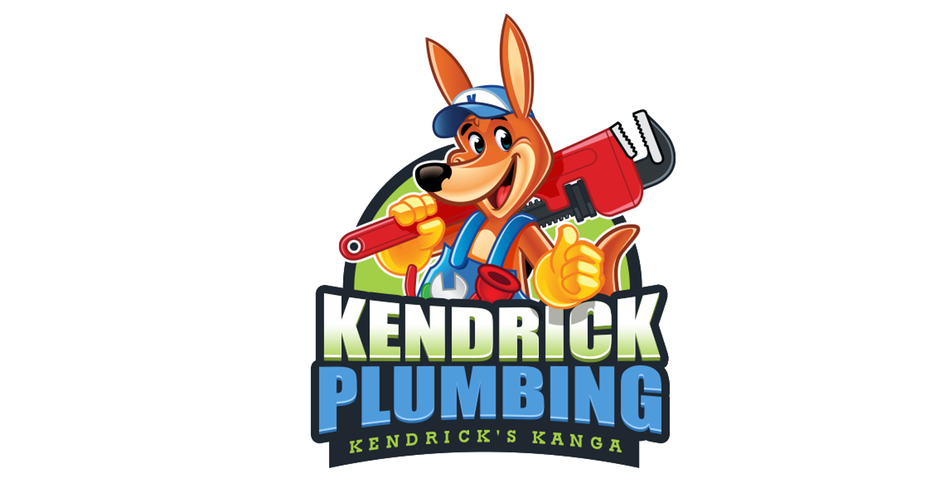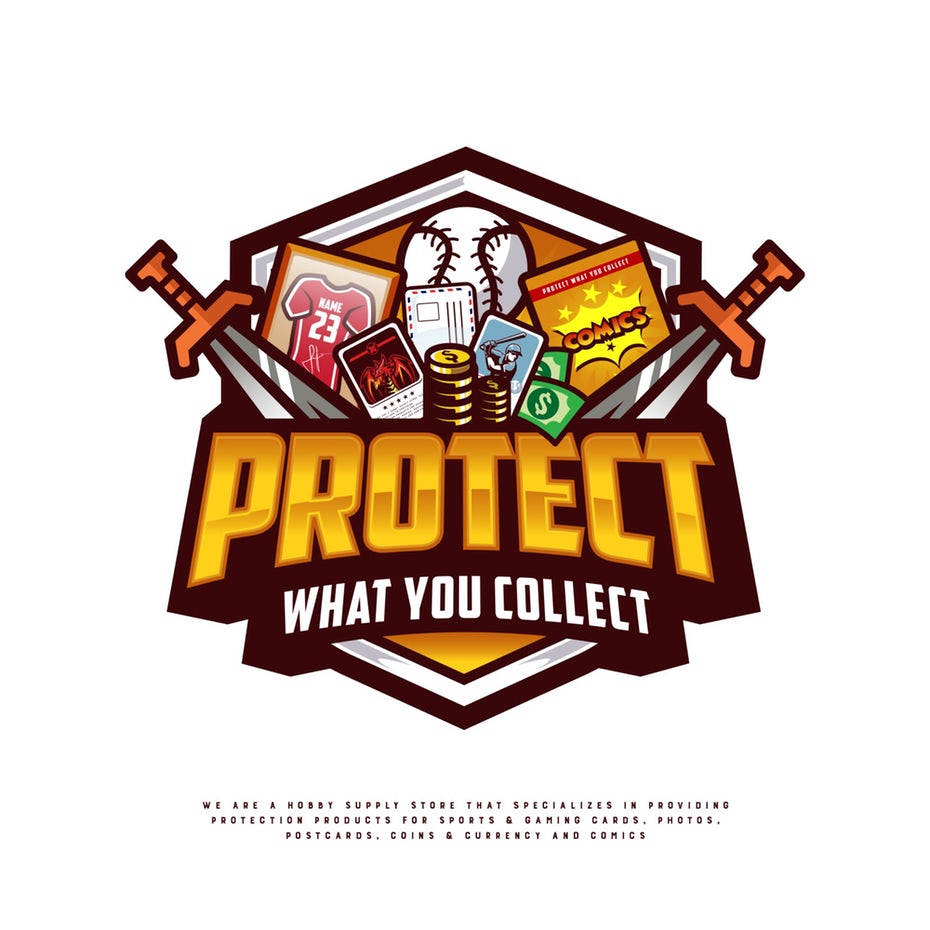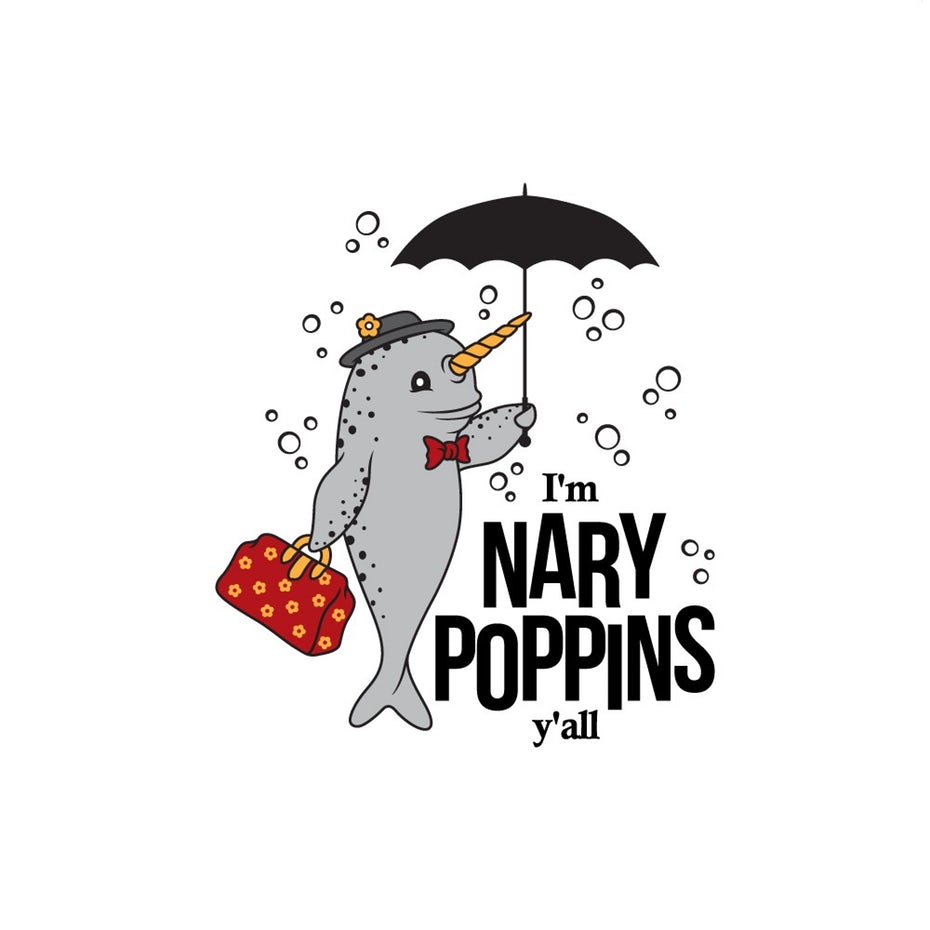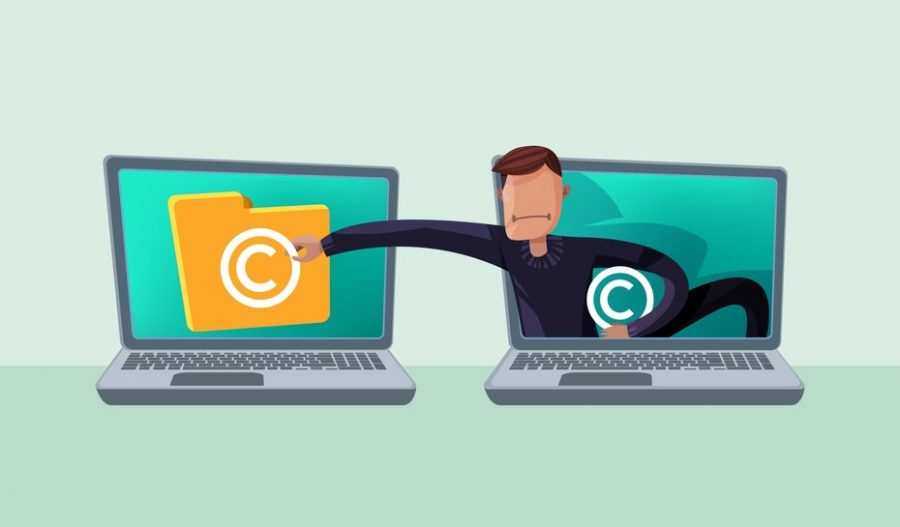As a designer, inspiration is all around you. You might visit a new city and find inspiration in its unique architecture or in a painting, a sculpture or another work of art. And then you may find yourself emulating the artists behind those works in your own projects. Nothing exists in a vacuum, your designs included. But there’s a line between being inspired by another work and plagiarizing it. That line is called copyright infringement.
One area where the line gets really blurry is when you’re dealing with parodies. Parodies are fun, they’re funny and often, designers create them in homage to works they like. But even well-intentioned parodies can violate the original creators’ copyrights, and that can land you in quite a bit of legal trouble.

Before we can really dig into when and how you can make parody part of your design, let’s go over a few important terms to know and understand.
Intellectual property
Anything original that anyone creates is their intellectual property if it is protected by the law. This means that when you draw a picture, write a song, invent a better wheel, design a character, build a WordPress theme or name a product, your creation is your intellectual property—until you sell your ownership rights to a client. Intellectual property can also include innovations and expressions of discoveries. The only exception to this is with a work-for-hire arrangement. If you are a full-time employee, the designs you create as part of your job are your employer’s intellectual property, not your own.
When something is your intellectual property, you have the exclusive right to use, alter and profit from it. You also have the right to license your work to others at your discretion. Put plainly, if you write a novel about a character named Maryanne the Magic Mongoose, another author can’t write its sequel, Maryanne the Magic Mongoose Makes Marshmallow Pies, without you licensing the character and concept to them.

Intellectual property is legally protected in four ways:
- Copyright: This is typically used for artistic and literary works.
- Patent: Patents are used to protect innovations, inventions and new technical solutions to existing difficulties.
- Trademark: Trademarks are used to distinguish individual companies’ goods and services from those provided by other companies. Slogans, mascots, company names and other pieces of branding are protected with trademarks.
- Trade secrets: Specific strategies and business methods can become legally protected intellectual property under the Uniform Trade Secrets Act.
In the United States, every designer automatically owns the copyright to their work, except for in the work-for-hire situations mentioned above. There’s no need to register a copyright with the US Patent and Trademark Office like there is to get the protections that come with patenting a concept. However, a copyright can be registered with the US Copyright Office. If you wish to file a copyright infringement lawsuit, you’ll need to register your copyright first.
You also don’t have to register a trademark to use it exclusively, but it’s generally a good idea to do so. This way, your company name and all other pieces of branding are recognized as yours as far as they reach in the United States. To protect your branding abroad, you’ll need to register your trademark in each country where you operate.

For our purposes, we’ll be mostly talking about copyrighted and trademarked work. Keep in mind that these definitions are US-centric, so if you are working outside the United States, the laws that apply to your work and their scope can be quite different. For specific legal advice, discuss your situation with a local intellectual property lawyer.
Fair use
The fair use doctrine is the exception in The Copyright Act that makes it legal to use copyrighted works without obtaining their authors’ permission in certain limited circumstances. These are:
- Scholarly works. You can reference copyrighted works in your college papers or other published scholarly work when your references comment on the copyrighted works. You cannot claim copyrighted work as your own, though.
- News reporting. If you’re reporting the news and a copyrighted piece of work is relevant to your story, you can mention it without worrying about copyright infringement. This includes quotes from other news articles germane to your story.
- Criticism. Just like a scholarly critique or a piece of news, you can mention copyrighted works in your published criticism. Book critics, anyone?
- Teaching. Sometimes, working with existing pieces is the most effective way to learn. Maybe designing movie posters for The Outsiders or writing a new chapter of Catcher in the Rye are part of the lesson plans you designed for your students. Those are acceptable uses under the fair use doctrine.
- Parody. Holding a piece up to criticism through parody, an exaggerated imitation of the work for comedic or critical purposes, is permitted under the fair use doctrine when the parody is transformative in some way.

Transformative. That’s the key difference between fair use and copyright infringement. A derivative work that simply uses copyrighted names, concepts, characters and ideas isn’t a parody, but a work that takes them and twists them in a way that makes the consumer gain a new understanding of the original is indeed parody. Sometimes, that new understanding is just being able to laugh at how the parody mocks the original.


The transformative nature of a work isn’t the only factor that separates fair use from copyright infringement, though. Every instance of alleged infringement is unique, and when the court is presented with a specific instance, it considers all of the following to determine whether copyright infringement actually occurred:
- The nature of the copyrighted work. Some types of work benefit from copyright protections more than others, and these are the works that typically receive “greater” copyright protection. They include works like movies, novels and other pieces that require substantial creative work on the part of the creator. In contrast, a technical paper or a news article requires less creative effort to produce and thus, its use is more likely to be deemed fair use.
- The amount and substantiality of the copyrighted work used in the derivative work. Basically, was a small piece of the original work used to support the derivative creator’s point, or were large portions copied and positioned around a relatively insignificant point? Quality and quantity both matter here—in some cases, even using a small piece of the original work can be deemed too much for the derivative to be fair use, since the small piece is the crux of the original work.
- The derivative’s effect on the marketing of the original work. Fair use of a work shouldn’t hurt the original creator’s ability to profit from their work. If the court determines that an unlicensed derivative work can negatively impact the original’s market, it may deem the derivative to be copyright infringement.

Alright, let’s say you created something original that you want to sell to a client. Who owns the rights then? Well, that depends on which rights you sell them.
Doesn’t the client own the design they paid for?
Not unless the “client” is your full-time employer. If you’re a freelance designer, you own the copyright for everything you create. You have the right to control how your work is reproduced and used commercially. Once you sell something, what matters is which rights you agree to sign over to your client. You need to pay attention to whether you assign your client the right to use, reproduce, display or make adaptions to your work. Unless you assign copyright ownership to someone else, the design is yours, and only yours, a safety measure that is in place to protect from infringement—and to ensure that it doesn’t infringe on the copyright of any other work.
Here’s how it works on the 99designs platform: When a designer completes a project with a client and signs the DTA (Design Transfer Agreement), it means that the client now owns the design. The designer is no longer in control of how their work is reproduced or used commercially. If the client chooses to modify the design later, they’re entitled to do so and the designer doesn’t have a say in this matter. In a case of copyright infringement, if a designer sold a copyrighted image to a client, the legal owner of the image will have to take legal action against the client. The client can then take legal action against the designer for providing this image in the first place.

Play it safe
Knowing who owns which rights to a design and how it can be used is crucial. If you’re not sure about whether a design idea is fair use or could potentially be infringement, play it safe and avoid using that design. You can have your own hard drive or notebook overflowing with blatant, even vicious, satire mocking popular brands and figures, but when you’re publishing and selling designs, you need to know the ins and outs about what you can and cannot legally do. As a small business owner, you should have a relationship with a lawyer whom you can turn to for advice about issues just like this one. This kind of counsel is one of the most valuable investments you can make in your business.




